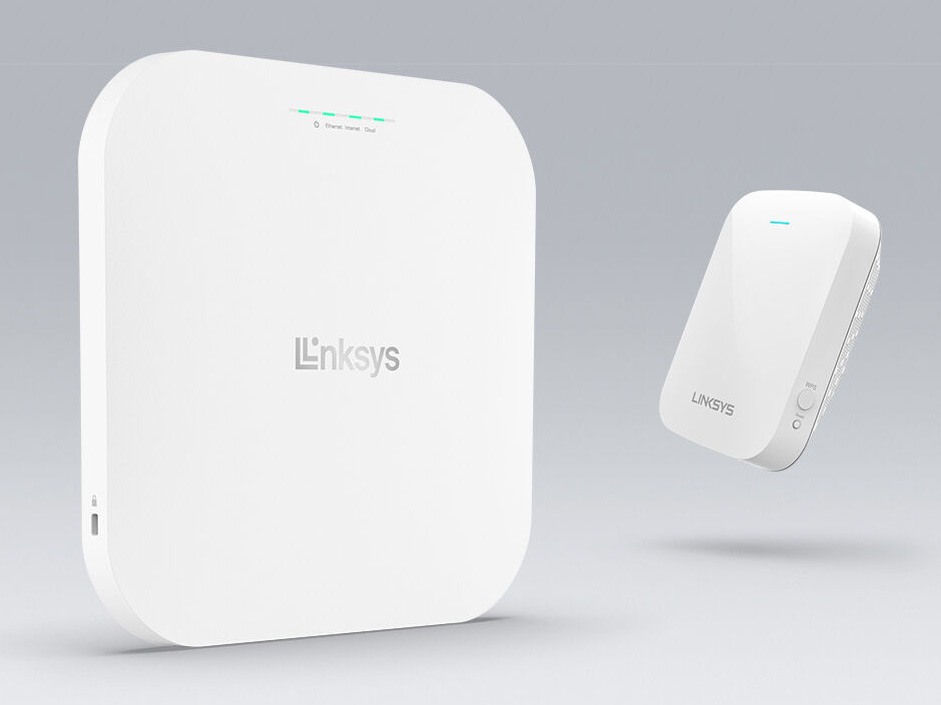Wireless Access Points
-
Posted: December 29, 2022Categories: Wireless Access PointsRead more
Access Points or Wireless Access Points play a very important role in networking. They are used to create a Wireless Local Area Network or WLAN. Access Points are connected to a wired router, switch, or hub via an Ethernet cable. They project WiFi signals to the designated area. APs are capable of supporting more than 60 devices simultaneously. They are finding ever-expanding applications in businesses because firms enjoy some distinct advantages by dint of some cutting-edge features. For example, the Captive Portal and Access Control List support help IT administrators limit the guest access and number of users without compromising the security of the network. Clustering features allow network administrators to view, deploy, configure, and secure networks as a single entity. These and other advantages have made APs a popular choice for establishing a WiFi network within an office or building.
-
Posted: October 24, 2022Categories: Wireless Access PointsRead more
Simply speaking, Access Points or Wireless Access Points are networking devices that are deployed as a portal to enable wireless capable devices to connect to LAN or other wired networks. WAPs are installed for extending the wireless coverage of the existing network and for enhancing the number of users. They are used to provide all-time available wireless connectivity to employees working at the workspace or WAPs are deployed to provide wireless internet in public places like coffee shops, airports, train stations, bus stops, etc. Ethernet cable is used to connect routers and Access Points which in return turns those wired signals into wireless ones. In other words, APs relay data between a wired network and wireless devices.
Table of Content



















